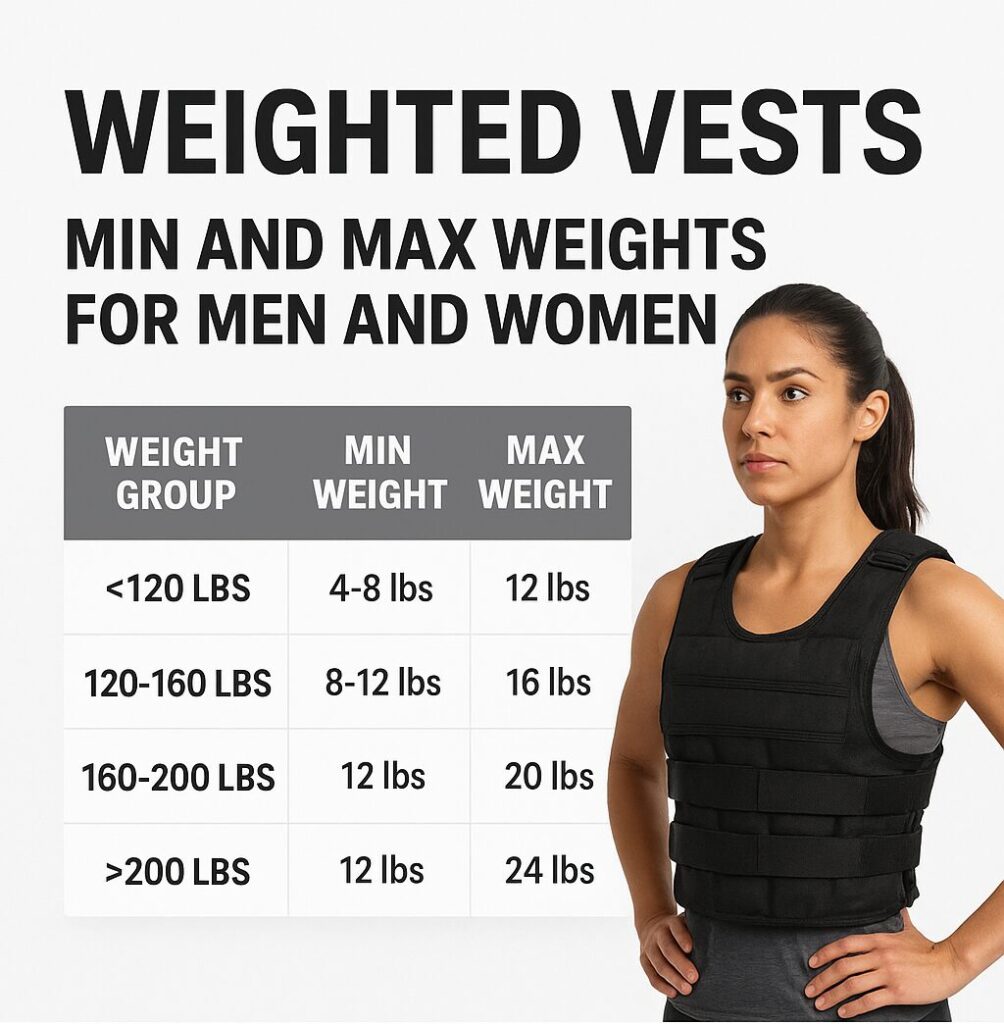
Weighted Vests: A Simple Way to Level Up Your Workouts
Weighted vests have become a popular tool among fitness enthusiasts, athletes, and those looking to speed up weight loss. By adding extra resistance to everyday activities, these vests push your body to work harder — helping improve strength, stamina, and cardiovascular efficiency.
But before strapping one on, it’s important to understand both the benefits and potential drawbacks.
How Weighted Vests Work
A weighted vest distributes additional weight evenly across your torso. This increases the intensity of movement during walking, running, bodyweight exercises, or even daily tasks. The body has to generate more force to move the added mass, which means you burn more calories and engage more muscle fibers.
Think of it as resistance training on the go — without needing extra equipment.
Benefits of Wearing a Weighted Vest
1. Boosts Calorie Burn and Weight Loss
The extra weight increases your body’s energy demand. Studies show that walking or running with a vest can elevate calorie expenditure by 10–15%. Over time, this contributes to faster fat loss and improved metabolic conditioning.
2. Strengthens Muscles and Bones
Carrying extra load activates stabilizer muscles and increases mechanical stress on bones. This helps promote muscle tone and supports bone density — a key benefit for long-term joint and skeletal health.
3. Improves Cardiovascular Endurance
Your heart and lungs must work harder when moving with extra weight. This improves aerobic capacity and can enhance oxygen efficiency — both essential for cardiovascular health.
4. Enhances Posture and Core Stability
Since the vest centers the load around your torso, it naturally engages your core muscles. Over time, this helps improve balance, coordination, and posture.
Drawbacks and Considerations
1. Risk of Injury if Overloaded
Too much weight can strain joints, especially knees, hips, and the lower back. Beginners should always start with a lighter load — roughly 4–8% of their body weight — and increase gradually.
2. Not Ideal for All Exercises
While weighted vests enhance walking, running, or bodyweight training, they can be risky for activities that require agility or high-impact jumps. Improper form under added load may lead to injuries.
3. Can Increase Fatigue and Recovery Time
Extra resistance means higher energy output. That can lead to greater muscle fatigue and a longer recovery window. Proper rest and hydration are crucial when training with a vest.
Recommended Weights by Body Group
As shown in the image above, here’s a safe guideline for vest weight selection:
| Weight Group | Min Weight | Max Weight |
|---|---|---|
| Under 120 lbs | 4–8 lbs | 12 lbs |
| 120–160 lbs | 8–12 lbs | 16 lbs |
| 160–200 lbs | 12 lbs | 20 lbs |
| Over 200 lbs | 12 lbs | 24 lbs |
These ranges apply to both men and women, allowing flexibility based on fitness level and experience.
Final Thoughts
Weighted vests can be an excellent addition to your fitness routine — offering cardiovascular, muscular, and metabolic benefits when used correctly. However, moderation and proper form are essential. Start light, listen to your body, and use the vest to enhance your training — not to replace sound exercise habits.
When used responsibly, this simple piece of gear can help you burn more calories, improve your endurance, and strengthen your heart — one step at a time.
